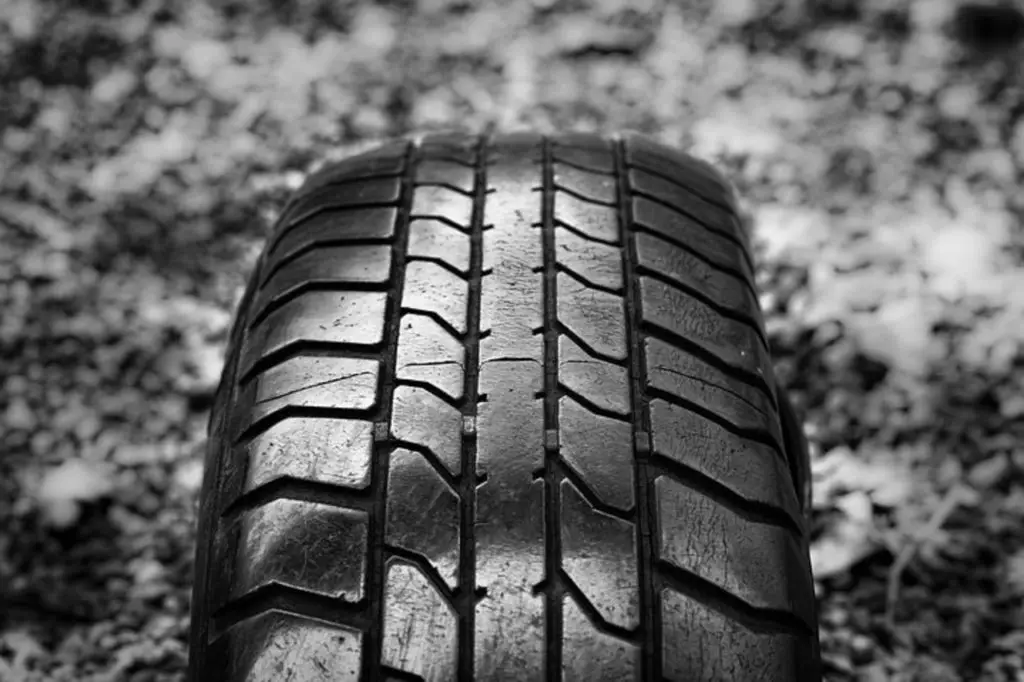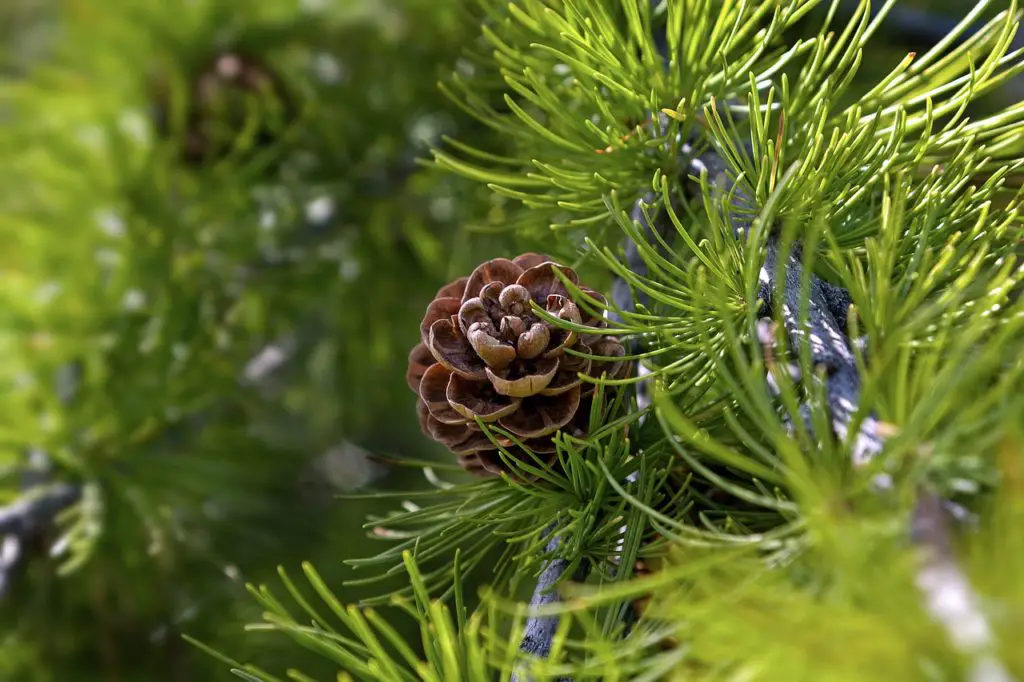The tire industry uses the most rubber, but where does the rubber for tires come from? I did some research. My findings?
The rubber for tires comes from natural and synthetic sources. Natural rubber trees are found mainly in Southeast Asia. Rubber is extracted from the trees through a process referred to as tapping. Additionally, tires contain carbon black and silica components to help increase wear resistance.
Keep reading to determine where rubber tires come from and whether natural rubber is still used in tires. Also, this article offers an in-depth look at how rubber is extracted from trees and how tires are made.
Moreover, you discover who invented rubber and who made the first rubber tire. So, read to the end.
Where Does The Rubber For Tires Come From?
Rubber for tires comes from both natural and synthetic sources. The Hevea tree is the primary source of the rubber used in tires for natural raw materials. These trees are initially from Brazil and require a damp, hot environment to flourish. Natural rubber mostly comes from plantations located in Southeast Asia, including India, Africa, and Latin America, because they have conducive climatic conditions to grow the trees.
The latex, a milky sap containing rubber globules, is gotten by cutting into the bark of the trees.
Nonetheless, today less than half of the rubber used in making tires is natural. Many manufacturers use synthetic rubber, which consists of various materials such as crude oil.
Although natural rubber is still used, synthetic fundamentals help improve parameters like heat resistance. In turn, it helps extend the tire’s life and improve the quality.
Modern technology has also introduced alternative sources of rubber.
Is Natural Rubber Still Used In Tires?
Natural rubber is still used in tires. Additionally, nowadays, they’re mixed with synthetic rubber polymers. The ratio of the two is usually between 20%-40% for natural rubber and 60%-80% for synthetic.
The ratio depends on the manufacturer and their compounds for their tire brands. Also, the country of the manufacturers plays a significant role in influencing the ratio of the natural rubber.
In countries where natural rubber trees grow, the ratio of natural rubber is 70% and 30% for synthetic. It’s in countries such as Malaysia, India, Thailand, or some parts of South America.
Countries like North America or Europe apply a 40% natural rubber ratio against 60% synthetic to develop their tires.
The use of natural rubber in countries with few natural rubber trees proves that rubber is irreplaceable in tire manufacture.
However, the cost and availability of natural rubber play a critical role in determining the ratio applied in developing the tires.
How Is Rubber Extracted From Trees?
Rubber is extracted from trees through a process called tapping. Tapping is a method whereby you make incisions into the tree’s bark. Then collect the fluid that flows out to vessels you usually attach to the rubber trees. The fluid, latex, is a milky, sticky sap.
It consists of an aqueous suspension of tiny particles with a diameter of 0.5 micrometers. Also, the latex has a 30% rubber content.
Rubber trees are tapped once every 2 days. Each time, it produces a capful of latex that contains 50g of solid rubber.
Tapping involves cutting the rubber tree with a knife for half the perimeter of the trunk. You cut the bark slanting down from left to right, starting at the highest point at an angle of 30 degrees. The following incision is made directly below the previous one.
A collecting furrow is cut in the tree’s bark before the sun rises, and the latex is collected in the early evening. After heavy tapping, you allow the tree to rest for some time.
Trees start producing rubber when it’s about 5 years old. Nevertheless, the tree’s useful life extends to 20 years if handled carefully.
An acre can produce a ton of rubber per year if you cultivate your trees at a density of 150 per acre.
Once you collect the latex from the plantation, you rush it to the processing plant to prevent it from naturally coagulating, rendering it useless. The processing plant is set up near the plantation. Hence, reducing the distance and the time-lapse from the extraction to the processing stage.
At the processing plant, you heat the latex. Then, mix it with ammonia acid to form rubber-like curds that float to the liquid’s surface. Additionally, you add sulfur to create a stable and hard mixture.
Skim off the rubber curd and run it through heavy rollers to remove excess water. As a result, you get sheets of natural rubber.
Finally, cut and stack the sheets in preparation to ship them to rubber molders.
Are Tires Only Made Of Rubber?
Tires are made of more than only rubber. Below are the materials that make tires:
Natural Rubber
It’s extracted from rubber trees. It helps reduce internal heat generation while offering high mechanical resistance in tires. It’s used in various parts of the tires. However, its mainly used for earthmover and truck tire tread.
Synthetic Rubber
It’s formed from petroleum-derived hydrocarbons. They are used together with natural rubber. Synthetic elastomers distort when put under stress. But, they go back to their original shape when the stress is removed. This trait is essential in manufacturing high-grip tires.
Also, synthetic rubber offers other properties, especially rolling resistance and longevity.
Carbon Black
It’s a soft fine powder added to the rubber compound and helps increase wear resistance in tires. It gives the tires their distinctive black color and represents 30% of the rubber composition.
This color effectively prevents the rubber from cracking and fissuring by acting against ultraviolet rays.
Silica
It’s obtained from sand and helps improve the resistance of rubber composites to tearing. Combining a specific elastomer and original silica with a special bonding agent makes a particular compound.
These compounds make tires with excellent grip on a cold surface, low rolling resistance, and extraordinary longevity.
Metal Reinforcements
Steel is used to reinforce tire belts and beads. Metal reinforcements give the tire firmness and resistance.
Also, the bead steel wire helps lock the tire onto the wheel.
Textiles Reinforcements
Fabric reinforcements play a critical role in high-speed, high-performance tires.
Rayon, nylon, and polyester are used to create reinforcements. They provide added fortitude, resistance, and well-being.
Antioxidants
Antioxidants keep the rubber from breaking down due to oxygen exposure and the effect of temperature.
Antiozonants
Antiozonants deter the effects of exposure to ozone on the tire surface.
Curing Systems
Zinc oxide and sulfur are vital ingredients to change rubber into a solid during tire curing.
FAQs
Why Are Tires Made Out Of Rubber?
Tires are made out of rubber due to its capability of holding grip and maintaining it. The ability is regardless of how challenging or rough the road is.
Rubber makes it easy to hold the grip and remain stable on slippery roads. Moreover, the tires remain smooth on wet roads.
Who Invented Rubber?
Charles Goodyear, an American, invented rubber and patented the vulcanization process in 1844.
Vulcanization is a chemical process that creates waterproof, pliable, and moldable rubber. It involves heating and stripping sulfur from rubber.
Who Made The First Rubber Tire?
Robert William Thomson made the first pneumatic rubber tire and patented it in 1845. He invented the first actual vulcanized rubber inflatable tire. Although his discovery worked well, it attracted little interest.
Even so, John Boyd Dunlop reinvented the pneumatic tire in the 1880s. It became popular with cyclists.
How Much Does A Rubber Tire Cost?
The cost of a rubber tire depends on the quality, size, and make. The cost is also dependent on the brand. The average cost of an all-season standard tire is about $80 to $150. For large trucks, pickups, and SUVs, the price is between $100 and $250.
Where Is Rubber Grown In India?
Rubber is grown in 16 states in India. Kerela is the top rubber producer with more than 600,000 hectares.
Tripura is the second largest, with over 85,038. Other rubber producers include Tripura, Tamil Nadu, Assam, Karnataka, and other northeastern states.
Wrapping Up
Where does the rubber for tires come from, therefore? It comes mainly from natural sources. The Havea tree is the most significant source of rubber for tires. These trees thrive in hot environments and are commonly found in India and Asian countries.
The reinvention of the pneumatic tire by John Boyd Dunlop was a significant breakthrough for the transport industry.
Rubber is also manufactured from synthetic sources such as crude oil. Although rubber is the main component in tires, other elements such as carbon black, silica, steel, and textile reinforcements are used in producing the final product.
Rubber is an excellent material for making because of its durability and high qualities.


